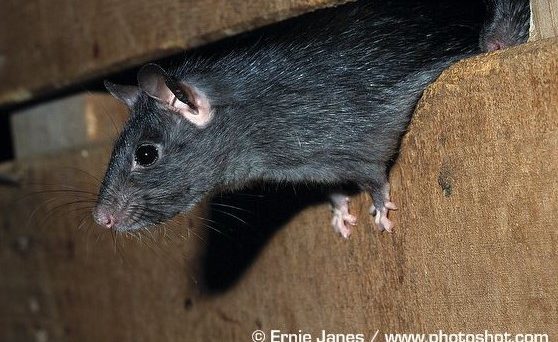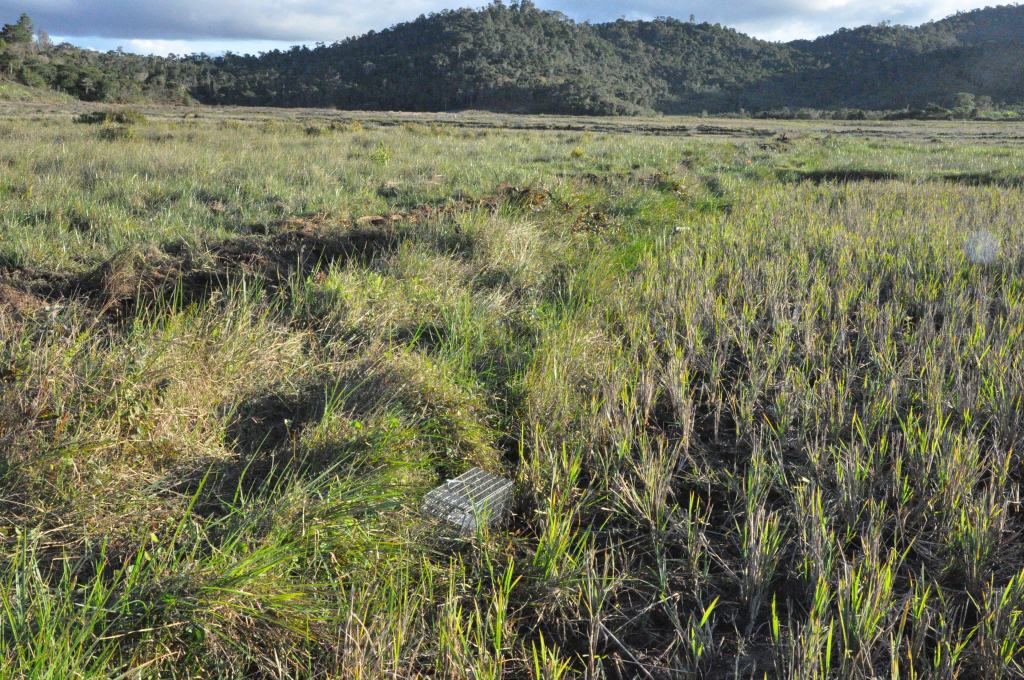
Many ecosystems today are threatened by invasive species. These newcomers prey on or compete with native species, they carry new parasites and diseases, and even cause extinctions of long-established residents. But why are some species such successful invaders while the advances of other species in foreign territory remain unrecognized?
To answer this question, we focused on one of the most pervasive examples of invasive species: rats. These rodents are found nearly everywhere on the planet and are known for having detrimental effects on native ecological communities, particularly on islands. As part of his PhD thesis Toky Randriamoria from the University of Antananarivo spent many months in central eastern Madagascar to catch small mammals. Rats were what he mainly found in his traps, in agricultural fields, close to villages, and in natural forests alike. Originally introduced by Seafarers from the Arabian Peninsula in the Middle Ages, black and Norway rats have overrun Madagascar. Today, they occur in virtually all natural and anthropogenic habitats on the island, representing >95% of rodent captures in certain areas.

Toky collected nearly 600 hair samples of black and Norway rats, which I used to encipher the diet and habitat use of these individuals by stable isotope analysis. Stable isotopes are “one of nature’s ecological recorders” and integrate information on what and where an individual fed during the period of hair growth. We found that rats mixed animal and plant matter and had an extremely broad dietary niche. Indeed, rats covered a dietary niche that was larger than a whole community of around 20 native species! Moreover, rats were opportunistic foragers and changed their diet according to what was available.
But we learnt even more from stable isotope analysis: the signature of some individuals did not match to their habitat. This can only mean that certain individuals move between agricultural fields near villages and natural forests; and with them their parasites and diseases.
Thus overall, our results suggest that due to their flexible and generalist diet and potential movement between natural forest and anthropogenic habitats, rats might affect native forest-dependent Malagasy rodents as competitors, predators, and disease vectors. The combination of these effects helps explain the invasion success of rats and the detrimental effects of this genus on the endemic fauna.
To learn more about the research of Melanie and her co-authors, please explore these links:
Comments